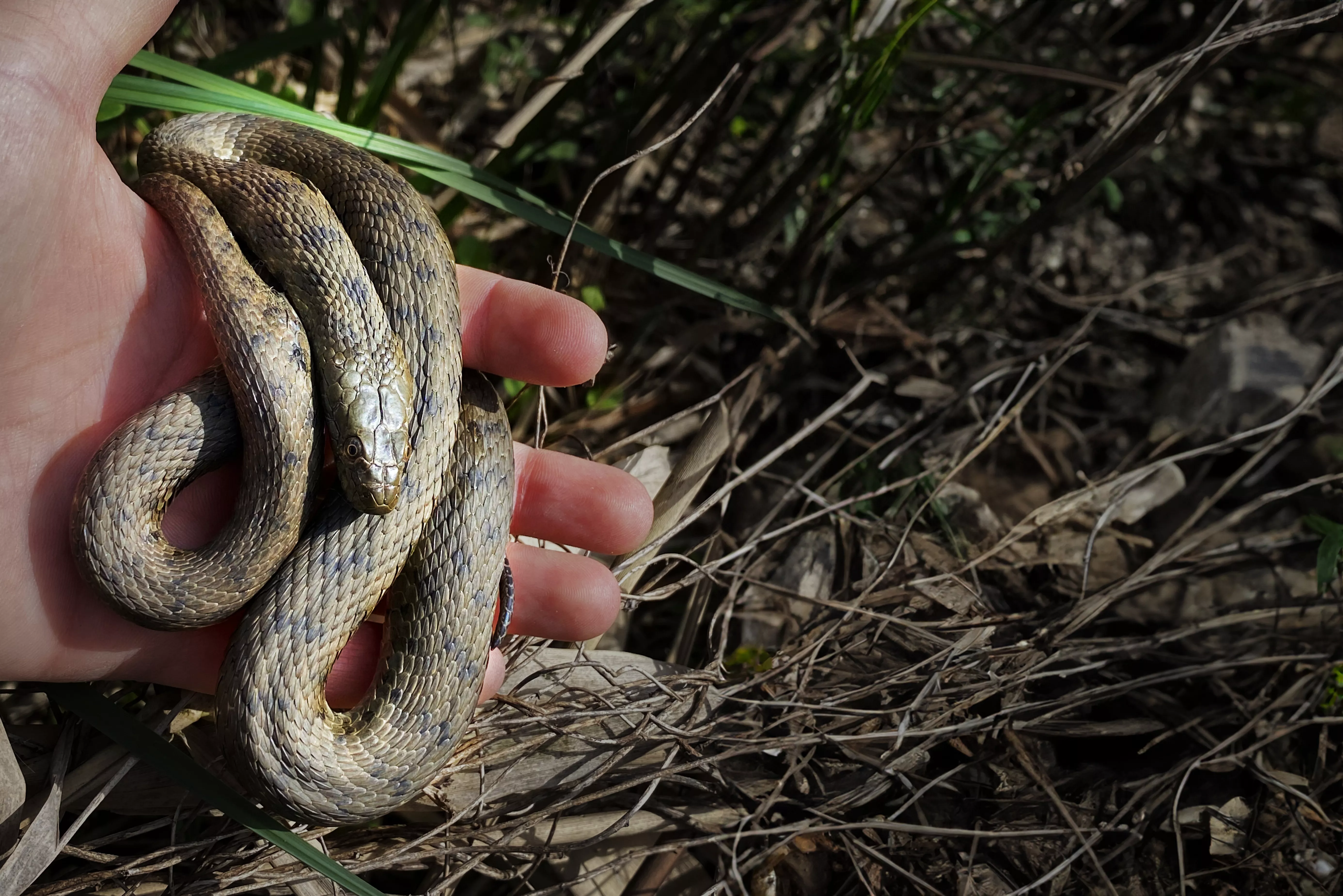Although biodiversity is declining due to human activities such as urbanisation, pollution, and climate change, some animals do like urban environments, as shown by their increased abundance along the shores of Lake Balaton. Researchers from the HUN-REN Balaton Limnological Research Institute (HUN-REN BLRI) investigated the impact of artificial lakeside habitats on the size of dice snake populations and found surprising results.

Human-induced landscape modification, such as urbanisation, creates new environments that can have adverse effects on flora and fauna, posing threats to biodiversity. Understanding how reptiles respond to urbanisation is crucial, especially in light of their ongoing population declines.
As HUN-REN BLRI researcher Boglárka Mészáros explained, in their study, they analysed the impact of intensive urbanisation and human disturbance on the density of dice snakes (Natrix tessellata) along the shores of Lake Balaton. The researchers examined the abundance of dice snakes residing in the artificial lakeside habitats of the Lake, exploring correlations with various aspects of urbanisation assessed at both landscape and local scales.

A total of 25 sampling sites, each 250 metres long, were selected along the shoreline of Lake Balaton, in harbours, and on promenades. The researchers also investigated how the proximity of main roads encircling the lake (roads 7 and 71) and the size of nearby towns affected the number of dice snakes.
According to the results, urban land use cover, road cover, the proximity of main roads, and the area of artificial rock and concrete shoreline protection structures positively affected the abundance of snakes. The researcher suggests that this may be due to the safer environment provided by human-made artificial surfaces, such as coastal basalt blocks. Meanwhile, abundant and higher-quality food resources are available, which has a positive effect on the survival and reproduction of dice snakes.

However, a previous study by HUN-REN BLRI researchers showed that the larger a lakeside harbour, the poorer the condition of the individuals living there. According to the researchers, one possible explanation is that larger harbours have more boats and tourists, leading to increased pollution and human disturbance for the animals. Thus, urban environments also have a negative impact on their development and condition, which can lead to a decline in snake populations.
“Overall, these artificial habitats potentially provide an optimal environment for the dice snake, given that their numbers are high in urban habitats. However, at the individual level, it is also evident that the condition of the individuals is still worse due to some environmental stress (e.g., pollutants, human disturbance),” Boglárka Mészáros added.